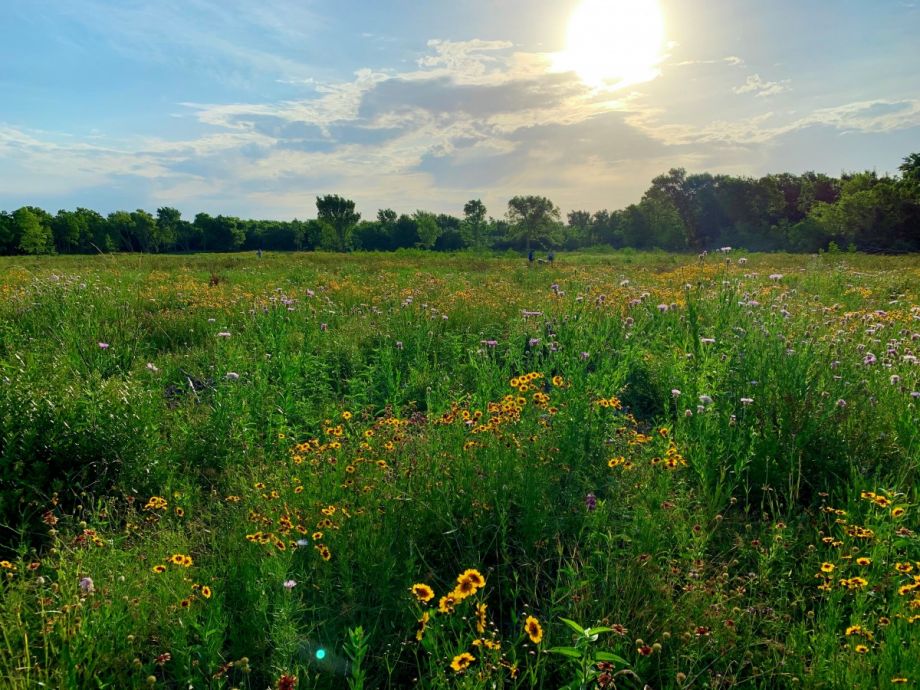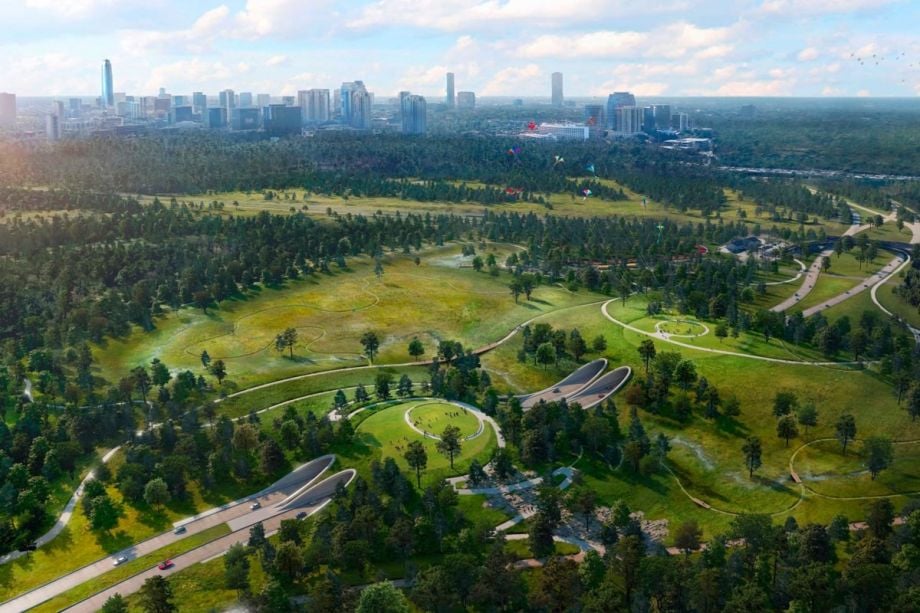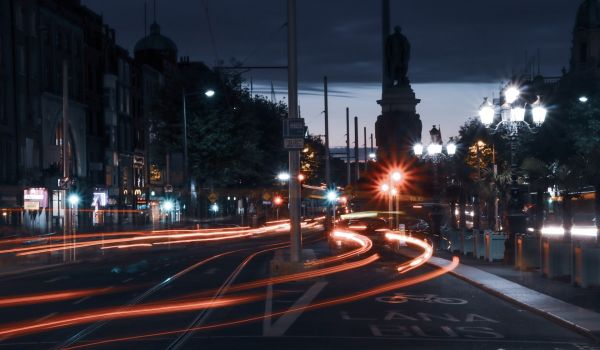Since the pandemic struck, people with the ability to spend time outside have been doing so in droves. A survey from Natural Areas Conservancy shows 12 major cities have observed more people using their natural areas since March.
As the coronavirus is likely to be with us for at least another year, ensuring the future of urban nature has a renewed importance. “This pandemic has reinforced the importance of access to healthy and high-quality nature,” the survey report reads. “As cities begin to recover and reopen and municipal and organizational budgets are determined, we must look ahead to envision a future that includes support for natural areas in cities.”
That is exactly what Houston, one of the cities surveyed, is looking to do.
The demands of the pandemic have fast-tracked a move to ensure that the natural areas within the city’s nearly 53,000 acres of parkland are preserved by marking them safe from amenity development — putting in sports fields or playgrounds or amphitheaters. Over the last year, Natural Resources Manager Kelly Ondracek and her team have been working to identify 7,000 acres of natural parkland across 25 parks that she hopes to protect through an upcoming city ordinance.
“COVID-19 has helped get more support for it because people are using natural areas more than they have in the past,” she says. The ordinance would protect the natural areas her team identified by concentrating park amenities in one area of city parks and facilitating natural habitats in the rest.
“In Houston, we’re very development-oriented,” says Deborah January-Bevers, president and CEO of Houston Wilderness, a non-profit dedicated to the preservation of “ecoregions” in the 13-county area surrounding the city. It’s this focus on development that Ondracek hopes the ordinance will change.
“In the past, we haven’t done a very good job of communicating to people in the area around parks that the forested area [within a park] is beneficial to them and that we’re not neglecting it by not developing it. When we do community meetings, they’ll give community members a list of things they can have in the park,” Ondracek says. Those options usually focus heavily on amenities like baseball fields or splash pads. The list usually doesn’t include habitat restoration or reforestation, even though humans benefit from wilderness as well, from access to the outdoors to flood mitigation in areas like Houston specifically. Forested buffers in parks can “trap runoff and get sediment and pollution before they get into the bayous,” she adds.

(Photo courtesy Houston Parks and Recreation Department)
The ordinance would hopefully mark thousands acres of city parkland as nature preserves. This would mean that amenities like parking lots and buildings would be concentrated in certain areas of a park while a good portion of the rest is left undeveloped, creating natural habitat for wildlife and allowing for nature-friendly developments like bird-friendly lighting and trail signage.
Further, undeveloped parklands have traditionally been seen as dangerous in terms of snakes and crime, so Ondracek believes that eventually the department will have to create a public education component as well so residents can move past misconceptions and make the most of the protected land. In the meantime, in addition to protecting thousands of acres, the ordinance “would allow for trails, benches, bird-friendly lighting, and signage,” she says, to help residents make the most of trails through the natural sections of the parks.
The department’s legal team is currently crafting the ordinance while Ondracek works out plans for a green stormwater system within the preserves to mitigate the city’s flood issues that Hurricane Harvey brought to the forefront. “I’m looking at how stormwater wetlands could be allowed in a nature preserve, the percentage of high marsh to low marsh. That’s the last component,” Ondracek says.
While January-Bevers has yet to see the ordinance, she’s all for protecting wilderness, but wonders if the city council will ultimately go for it since she sees it as generally averse to making decisions that will tie the hands of future city councils.
Ondracek, on the other hand, has a highly optimistic outlook. She expects the ordinance to be finalized, submitted, and passed before the end of the year, in part because of support from the mayor but also because the broad impetus of the ordinance has already been codified in the city’s resilience and climate action plans.
As she wraps up her stormwater wetlands research, she has begun planning for how the team will hit the ground running once the ordinance passes. “We would have master habitat plans for all nature preserves, so that’s something we would need to create quickly,” she says.

Cinnamon Janzer is a freelance journalist based in Minneapolis. Her work has appeared in National Geographic, U.S. News & World Report, Rewire.news, and more. She holds an MA in Social Design, with a specialization in intervention design, from the Maryland Institute College of Art and a BA in Cultural Anthropology and Fine Art from the University of Minnesota, Twin Cities.
Follow Cinnamon .(JavaScript must be enabled to view this email address)
















